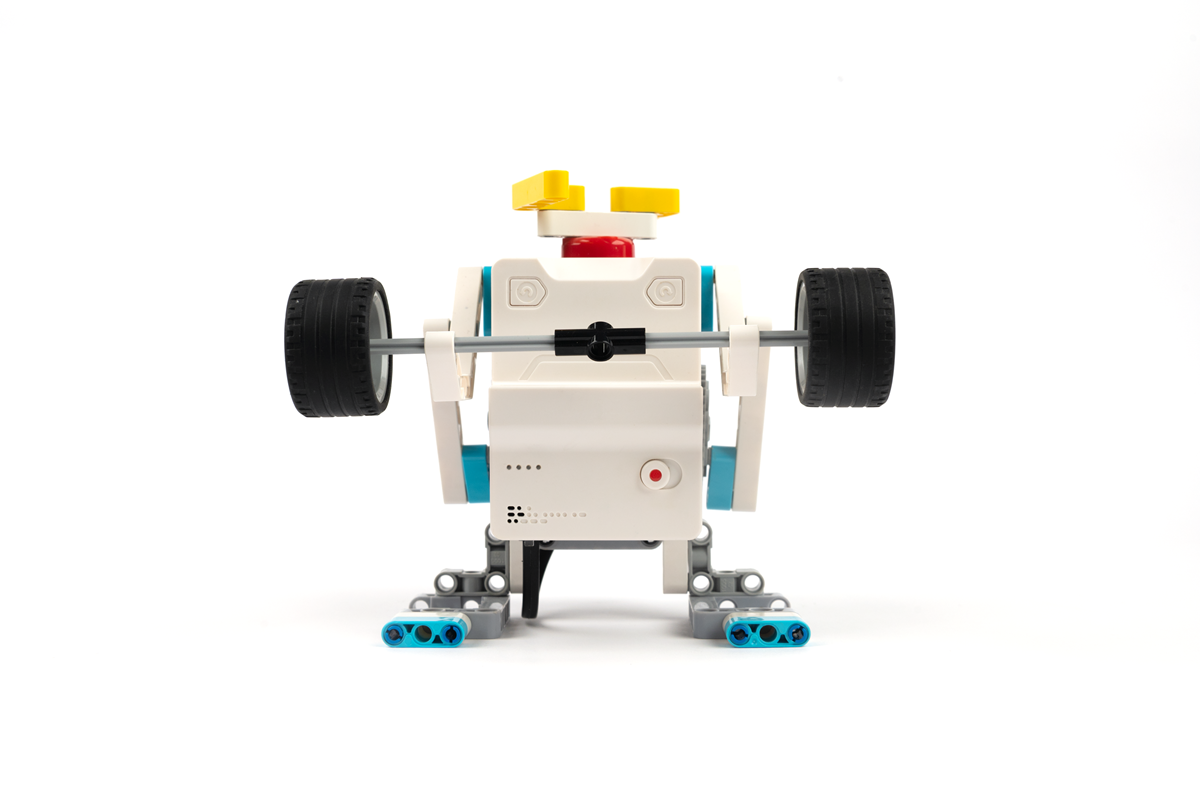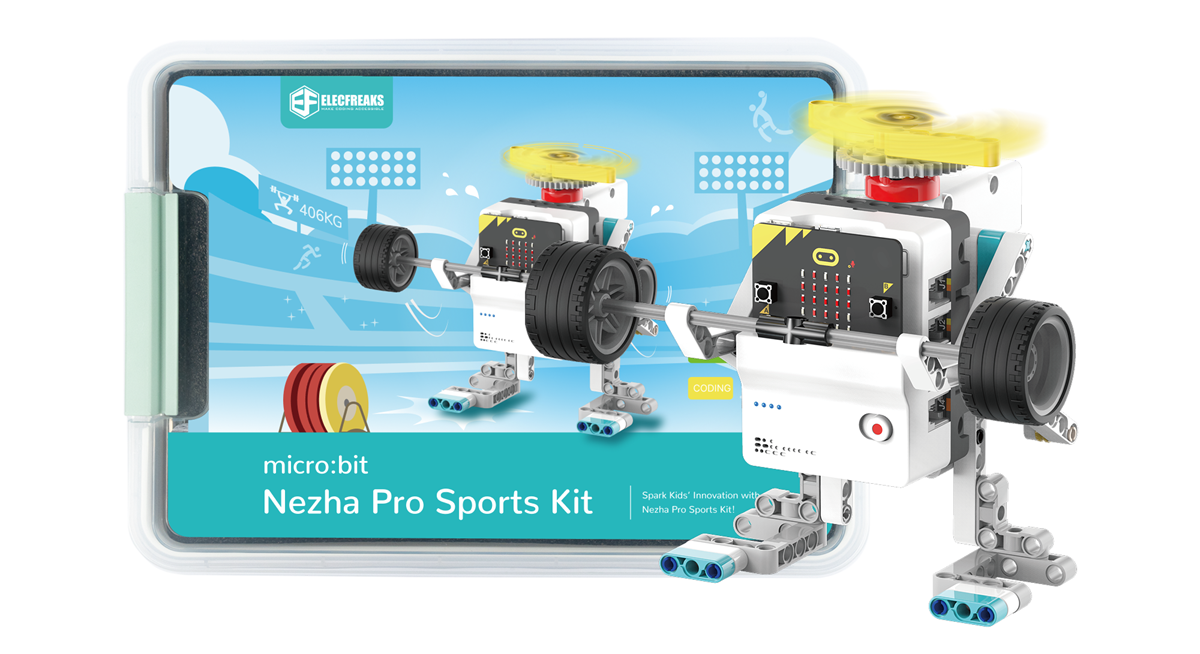Design a weightlifting robot that can automatically perform tasks without programming. The robot uses a crank-connecting rod mechanism to convert the circular motion of the motor into linear reciprocating motion to achieve weightlifting movements.
Understand basic mechanical principles such as levers, pulleys, and crank-connecting rod mechanisms.
Develop hands-on and problem-solving skills.
Inspire interest in engineering and robotics.
Welcome children to join our STEAM journey! Today we are going to transform into little engineers and make a magical weightlifting robot together. No complicated programming is required. We only need a simple crank-connecting rod to make the robot move and lift heavy objects. Isn't it cool? Let's explore the mysteries of mechanics together, use our hands and brains, and start the fun of creation!
Explore how the crank-connecting rod mechanism works.

